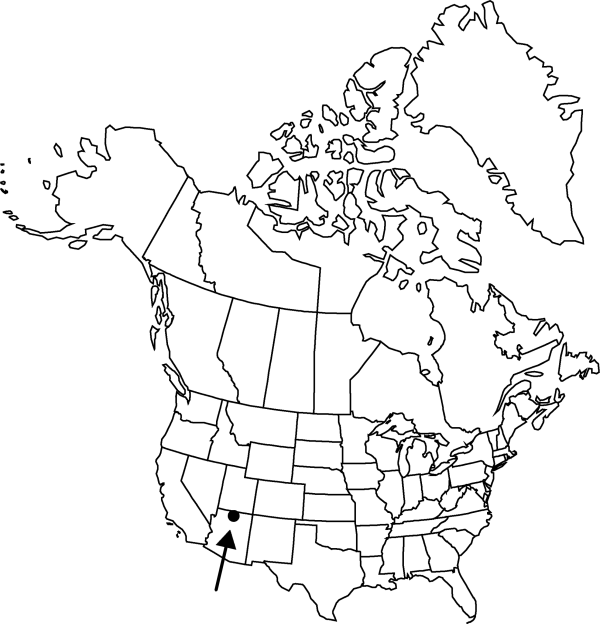Difference between revisions of "Pediocactus bradyi"
Cact. Succ. J. (Los Angeles) 34: 19, figs. 13, 14. 1962.
FNA>Volume Importer |
imported>Volume Importer |
||
| Line 8: | Line 8: | ||
}} | }} | ||
|common_names=Marble Canyon cactus;Brady’s hedgehog cactus | |common_names=Marble Canyon cactus;Brady’s hedgehog cactus | ||
| + | |special_status={{Treatment/ID/Special_status | ||
| + | |code=E | ||
| + | |label=Endemic | ||
| + | }}{{Treatment/ID/Special_status | ||
| + | |code=C | ||
| + | |label=Conservation concern | ||
| + | }} | ||
|basionyms= | |basionyms= | ||
|synonyms={{Treatment/ID/Synonym | |synonyms={{Treatment/ID/Synonym | ||
| Line 59: | Line 66: | ||
|publication title=Cact. Succ. J. (Los Angeles) | |publication title=Cact. Succ. J. (Los Angeles) | ||
|publication year=1962 | |publication year=1962 | ||
| − | |special status= | + | |special status=Endemic;Conservation concern |
| − | |source xml=https:// | + | |source xml=https://bibilujan@bitbucket.org/aafc-mbb/fna-data-curation.git/src/bb6b7e3a7de7d3b7888a1ad48c7fd8f5c722d8d6/coarse_grained_fna_xml/V4/V4_398.xml |
|subfamily=Cactaceae subfam. Cactoideae | |subfamily=Cactaceae subfam. Cactoideae | ||
|genus=Pediocactus | |genus=Pediocactus | ||
Revision as of 23:15, 27 May 2020
Plants usually unbranched (rarely 2–12-branched). Stems subglobose to obovoid, 3.2–6.2 × 2.5–5 cm; areoles elliptic, lanulose. Spines smooth, relatively hard, spreading to recurved, somewhat pectinate, usually all radial (rarely with central spines); radial spines (7–)13–16(–18) per areole, tips bending downward, yellowish tan or white, 3–5 × 0.7 mm; central spines 0(–2) per areole, dark tan, rigid, straight or slightly curved, 3–4 mm. Flowers 1.5–2.2 × 1.5–3 cm; scales and outer tepals minutely toothed or denticulate or entire and undulate; outer tepals straw yellow with green or red-brown midstripes, 3–15 × 3–4.5 mm; inner tepals straw colored, 9–15 × 3–4.5 mm. Fruits green turning reddish brown, turbinate, 7–10 × 10 mm. Seeds brownish black, to 2.7 × 1.7–2 mm, papillate and rugose.
Phenology: Flowering early spring.
Habitat: Great Basin desert scrub, clay soils of ledges often overlain with limestone gravel
Elevation: 1000-1200 m
Discussion
Of conservation concern.
Some authors have included Pediocactus winkleri and P. despainii as infraspecific taxa of P. bradyi. Chloroplast DNA sequence data strongly indicate a more distant relationship (see discussion under 8. P. winkleri).
Selected References
None.
